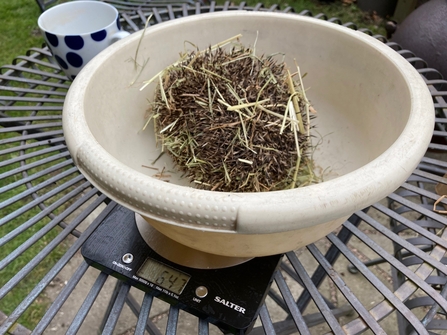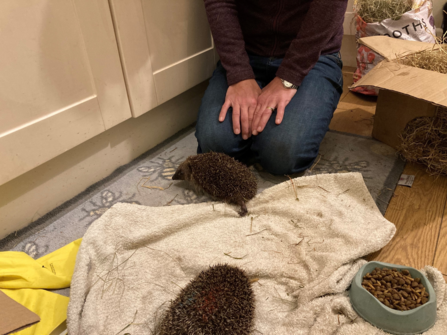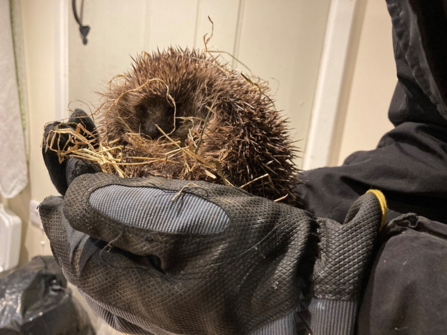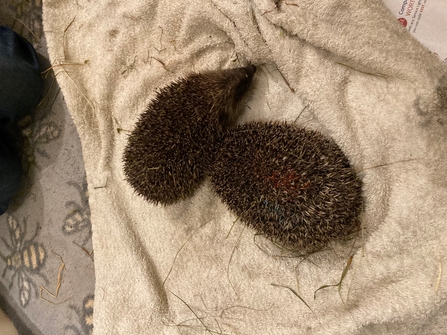Hedgehogs
What is there not to love about hedgehogs? Not only are they undeniably cute, a prickly ball of spikes with the most endearing of faces peeking out, they also have a very amiable and gentle nature. Similar to bumblebees, which are also a firm favourite of mine, they quietly – on the whole – go about their travels, into our gardens or around our villages, towns and cities, almost oblivious to our presence, quietly minding their own business.
Getting started
The more you learn, the more fascinated you become, and about ten years ago I was lucky enough to venture down the road of fostering hedgehogs. I had already registered with Hedgehog Preservation Society, the leading hedgehog charity in the UK, and had attended one of their ‘Hedgehog First Aid and Rehabilitation’ courses. Avidly poring over books such as ‘A Prickly Affair’ by Hugh Warwick, ‘Hedgehogs’ by Pat Morris, and ‘Hedgehog Rehabilitation’ by Kay Bullen, my holy grail had begun and I was starting to get obsessed!
However, I still had so much to learn. Picking up my first hedgehogs from the rescue centre, I learnt how I needed to weigh the hedgehogs every week, use hay not straw as bedding, as they could readily get tangled in straw, and feed them cat or dog food but not the fish varieties, as this can cause severe stomach upset. Similarly mealworms are bad for hedgehogs, and milk and bread are an absolute no-no. I also invested in individual rabbit hutches, with a separate sleeping compartment, being solitary creatures, they don’t on the whole take kindly to sharing their personal space!





